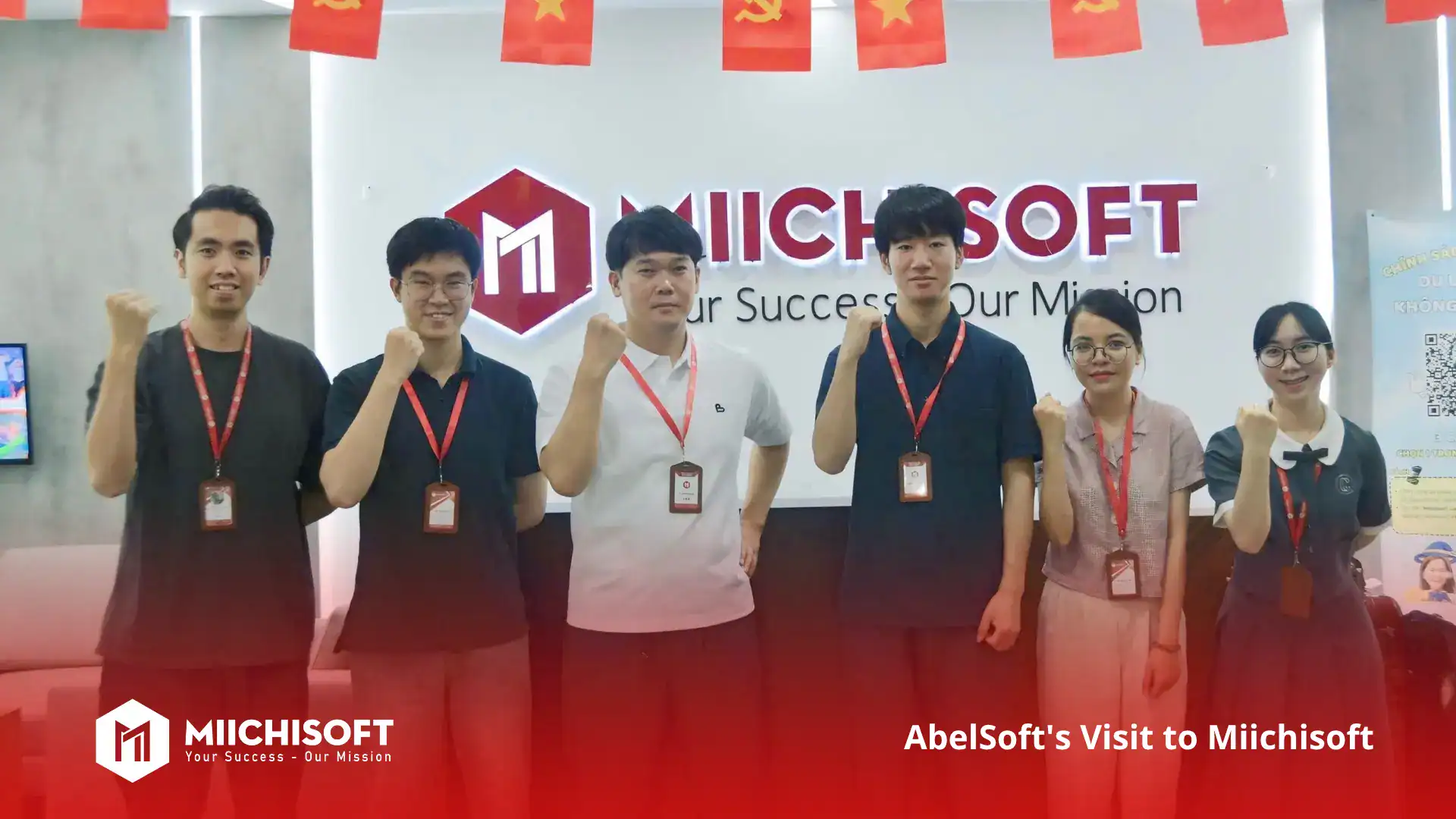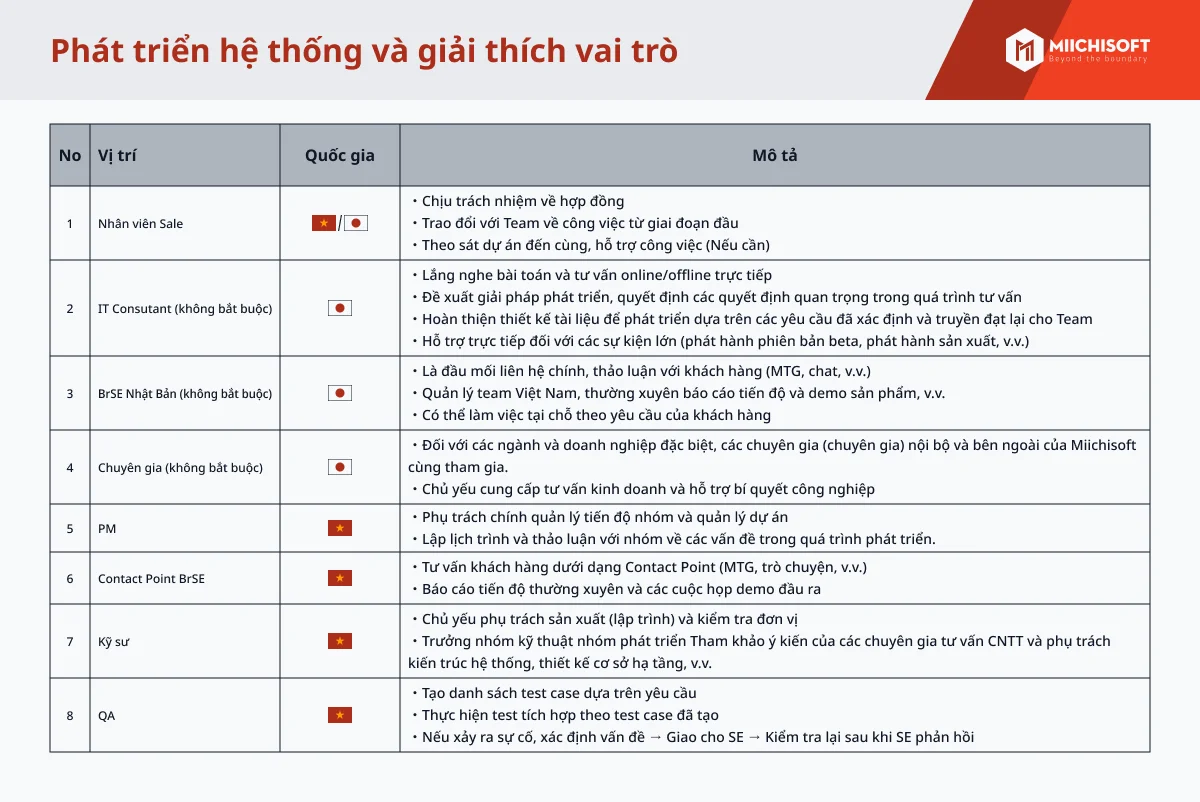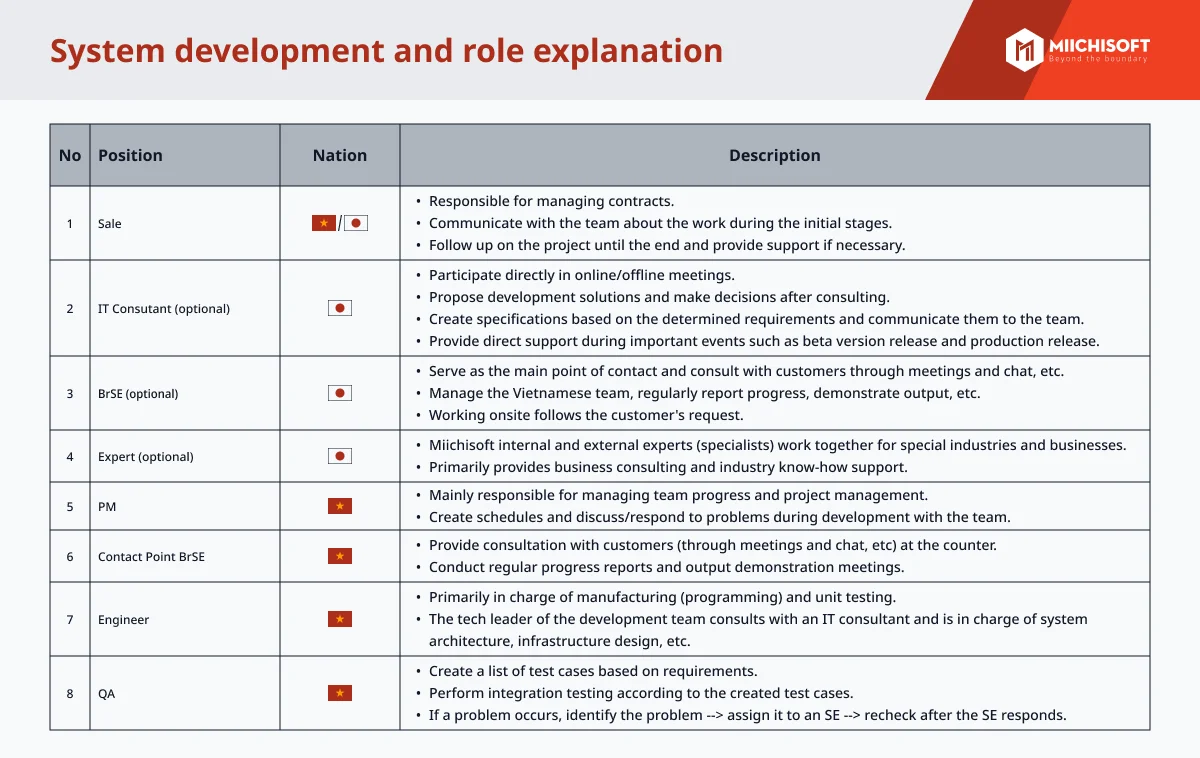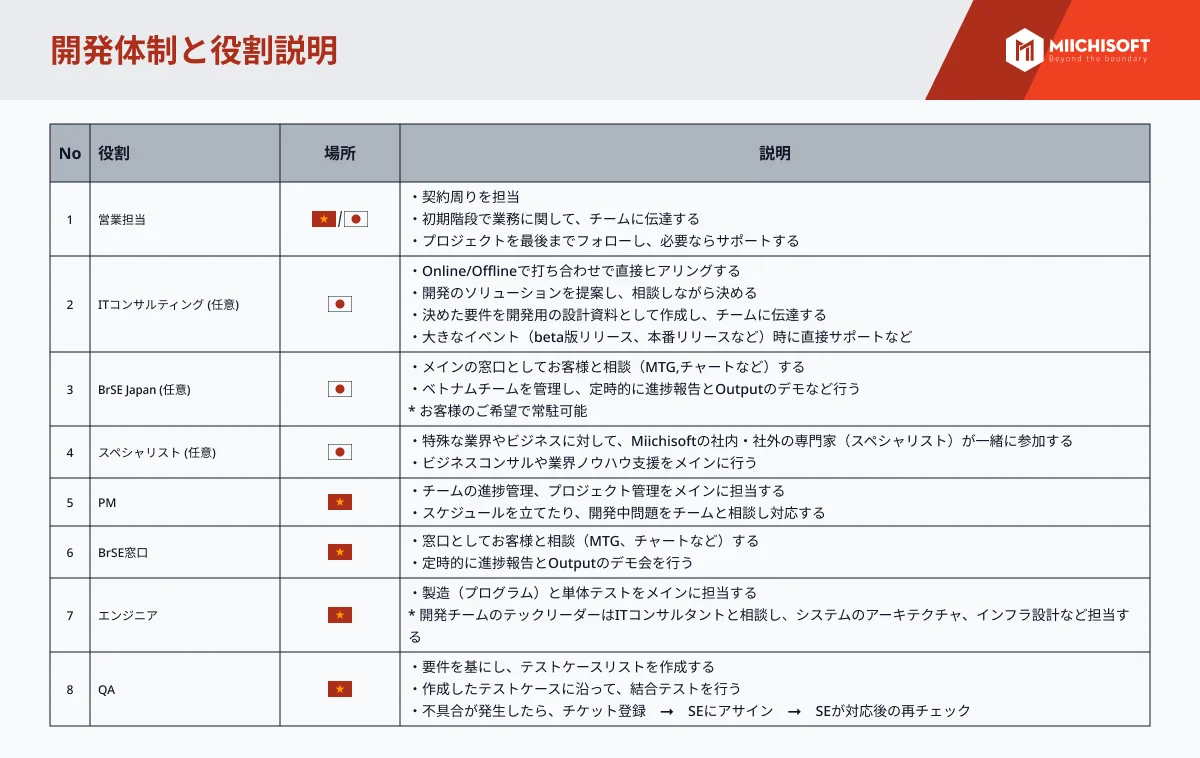
Download Profile

Download Profile
General Information

Consult First

Consult First
General Information
Thank you!
Landing Page Download Profile Success Content



Miichisoft Co., Ltd., whom we commissioned for offshore development, was the ideal partner we were looking for.
The first thing that surprised me was how deeply they understood the Japanese culture and respected it. This makes communication go very smoothly. As a result, we never run into the "time delay issues" common offshore, and projects always progress on schedule.
On the technical side, Miichisoft has deep knowledge of not only the latest modern technology, but also legacy technology, and can meet a wide range of needs. The progress of the project is always reported to me in an easy-to-understand and thorough way so I can accurately grasp the actual status of problems and problems.
In addition, they provide technical suggestions based on trends and proposals that emphasize security in areas that we would not have noticed on our own.
I feel glad that I commissioned Miichisoft Co., Ltd.




Previously, we used a Japanese system development company. However, we switched to Miichisoft last summer. Previously, the project was not progressing smoothly. But after the change, it is now progressing on schedule. At first, I was worried about the language, but thanks to your company's ability to make proposals and drive business, I now have no worries. I trust them. We would like to continue to improve our services add new features, and work together to create even better services.
https://seminarbase.com/




Miichisoft's management has a very high level of commitment, and they never slackened their commitment to working with us and promoting the project.
Additionally, they are flexible in arranging contracts and systems to suit our needs. They are more than just offshore companies. They are boldly taking on the challenge of cutting-edge initiatives and raising our technological capabilities. Even when a problem arises, they move quickly and have a sense of speed to make changes and improvements.
We hope their efforts will go beyond being a Vietnamese offshore company and bring an innovative approach to the industry.




Miichisoft has been one of our best partners in supporting our development for many years. They have been very helpful in flexibly responding to our requests for additional staff and difficult requests, as well as offering us various proposals based on their accumulated know-how.

Each milestone in Miichisoft’s journey to mastering technology Top 10 ICT Vietnam Companies 2022 International Certificate in Information Security International Certificate in Quality Management Miichisoft tailors immersive E-learning applications rapidly, ensuring educational excellence meets digital innovation We build precision-based matching systems swiftly, connecting people and opportunities seamlessly Our team skillfully crafts user-centric Miichisoft rapidly integrates and customizes Kintone solutions to enhance your business efficiency with adaptability in mind We provide quick deployment of advanced inventory systems, offering real-time accuracy for smarter stock management We develop and implements streamlined management systems promptly, facilitating smoother operations and strategic insights Miichisoft Co., Ltd., whom we commissioned for offshore development, was the ideal partner we were looking for. Previously, we used a Japanese system development company. However, we switched to Miichisoft last summer. Previously, the project was not progressing smoothly. But after the change, it is now progressing on schedule. At first, I was worried about the language, but thanks to your company's ability to make proposals and drive business, I now have no worries. I trust them. We would like to continue to improve our services add new features, and work together to create even better services. Miichisoft's management has a very high level of commitment, and they never slackened their commitment to working with us and promoting the project. Miichisoft has been one of our best partners in supporting our development for many years. They have been very helpful in flexibly responding to our requests for additional staff and difficult requests, as well as offering us various proposals based on their accumulated know-how. Application for managing inventory and ordering thousands of cosmetics
January 10th, 2024
Mydear is a company that provides hair care products to over 4,000 salons nationwide. Their system for ordering and delivering hair care products emphasizes consistency. Internal timekeeping management system of Mydear Inc.
January 10th, 2024
This attendance management system is applied to thousands of Mydear employees working at more than 4,000 salons in Japan. Visualize construction sites to improve productivity and quality
January 10th, 2024
Photoruction is a construction management app aimed at improving productivity and quality in the construction industry. They have a track record of over 50,000 construction projects E-learning system in education
January 10th, 2024
This system was jointly developed by Miichisoft Co., Ltd. and Kensu, a Japanese tutoring center with three offices in Tokyo. Internal online knowledge-sharing system of Rjuna.,LLC
January 9th, 2024
This system is a training and knowledge-sharing system, designed to help save up to 80% of new employee training time and to easily measure each employee's skill level through flexible scoring and evaluation mechanisms. A solution that connects manga artists and manga assistants
January 9th, 2024
This is a matching service system where manga artists and manga assistants from all over the country can meet and work freely. Miichisoft is proud to announce the official launch of our brand-new website, fully designed and developed by our in-house team.....png)
.png)
.png)
.png)
.png)
.png)
.png)
.png)
.png)
.png)
.png)
.png)
.png)

























WHY MIICHISOFT?
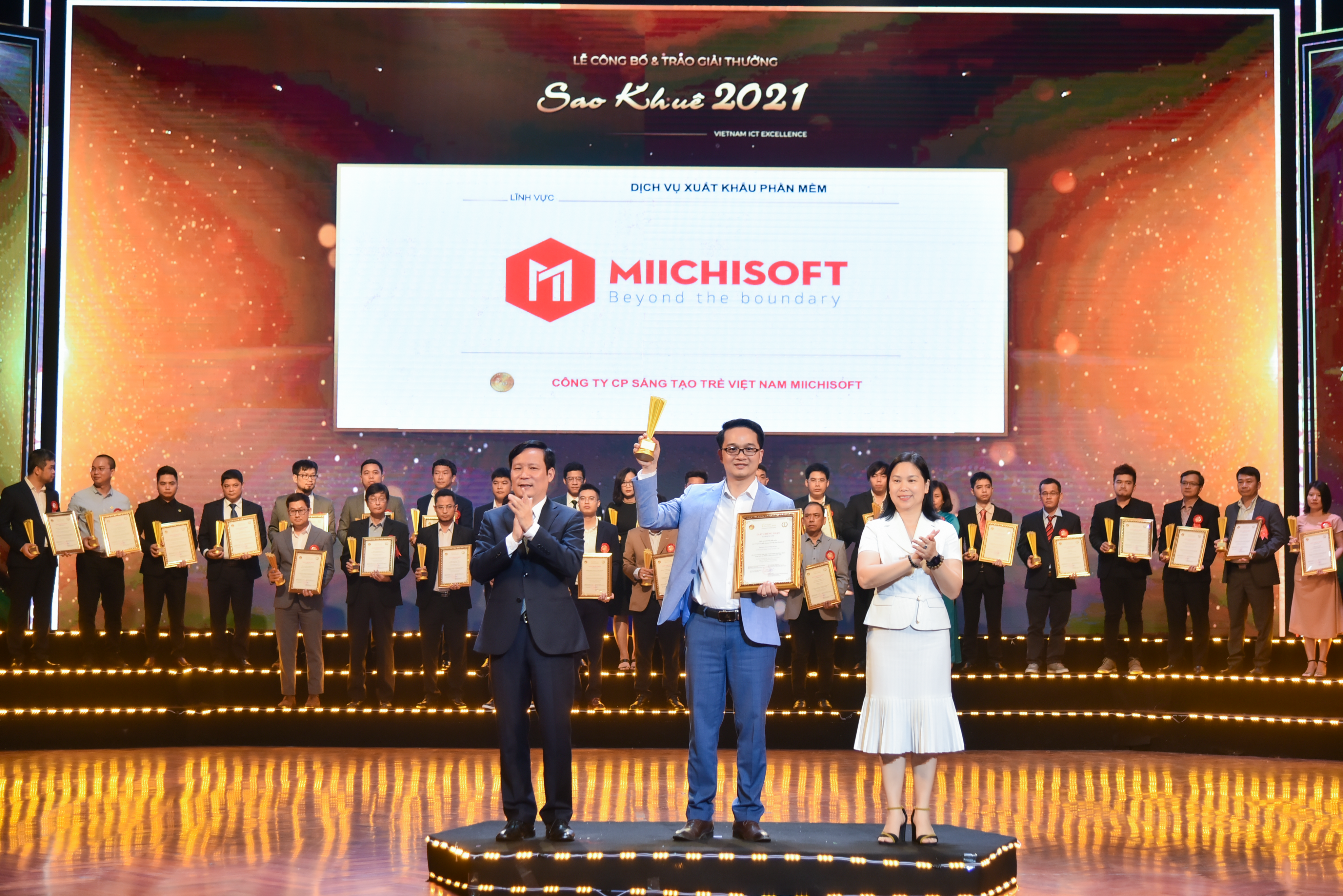

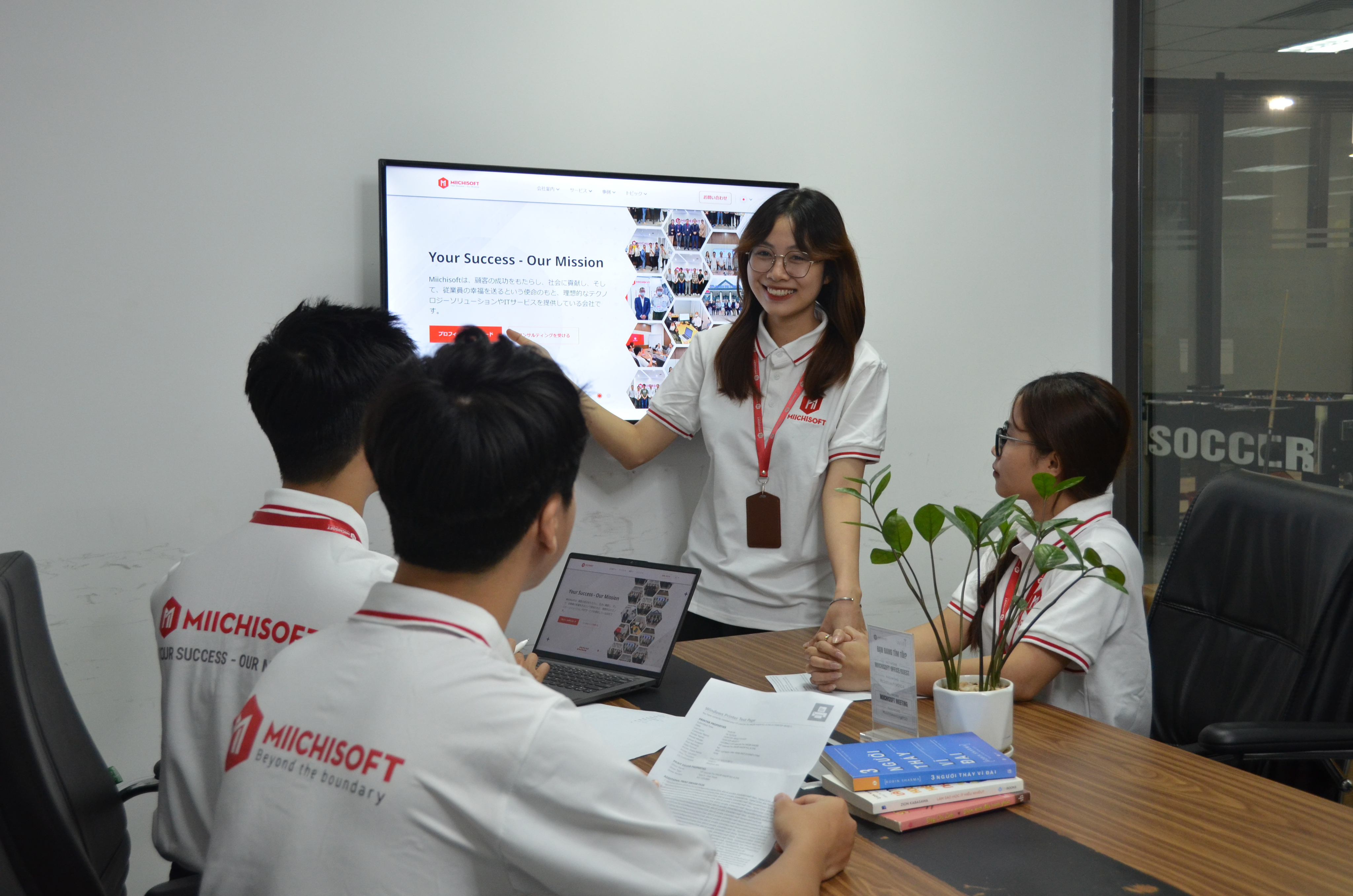
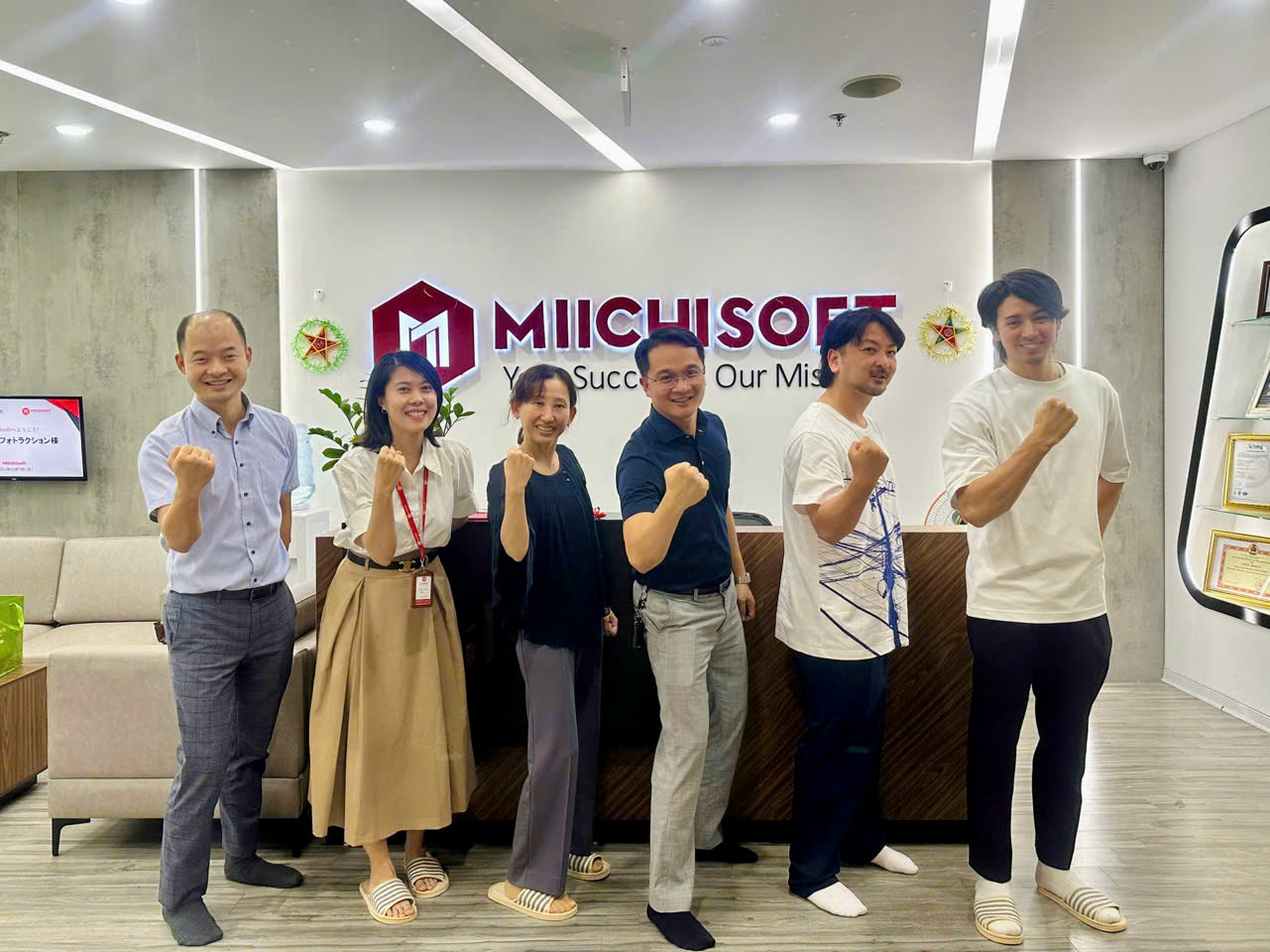
Services & Solutions
Technology & Solutions
IT Services
Achievements




Miichisoft Domain
EDUCATION
CONSTRUCTION
RETAIL
CORE SYSTEM
LOGISTIC
REAL ESTATE
Successful Projects
E-learning applications

Matching Site System

E-commerce System
E-commerce experiences that are both
fast-loading and conversion-optimized
Kintone System

Inventory System

Management System

Customer Voices

The first thing that surprised me was how deeply they understood the Japanese culture and respected it. This makes communication go very smoothly. As a result, we never run into the "time delay issues" common offshore, and projects always progress on schedule.
On the technical side, Miichisoft has deep knowledge of not only the latest modern technology, but also legacy technology, and can meet a wide range of needs. The progress of the project is always reported to me in an easy-to-understand and thorough way so I can accurately grasp the actual status of problems and problems.
In addition, they provide technical suggestions based on trends and proposals that emphasize security in areas that we would not have noticed on our own.
I feel glad that I commissioned Miichisoft Co., Ltd.![]()
See more


https://seminarbase.com/![]()
See more


Additionally, they are flexible in arranging contracts and systems to suit our needs. They are more than just offshore companies. They are boldly taking on the challenge of cutting-edge initiatives and raising our technological capabilities. Even when a problem arises, they move quickly and have a sense of speed to make changes and improvements.
We hope their efforts will go beyond being a Vietnamese offshore company and bring an innovative approach to the industry.![]()
See more


![]()
See more

Customer Success Stories

![]()
![]() See more
See more
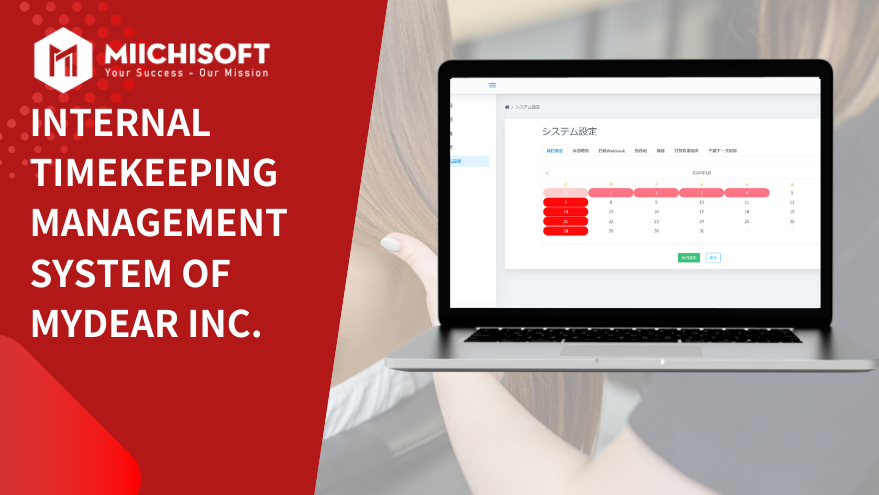
![]()
![]() See more
See more

![]()
![]() See more
See more
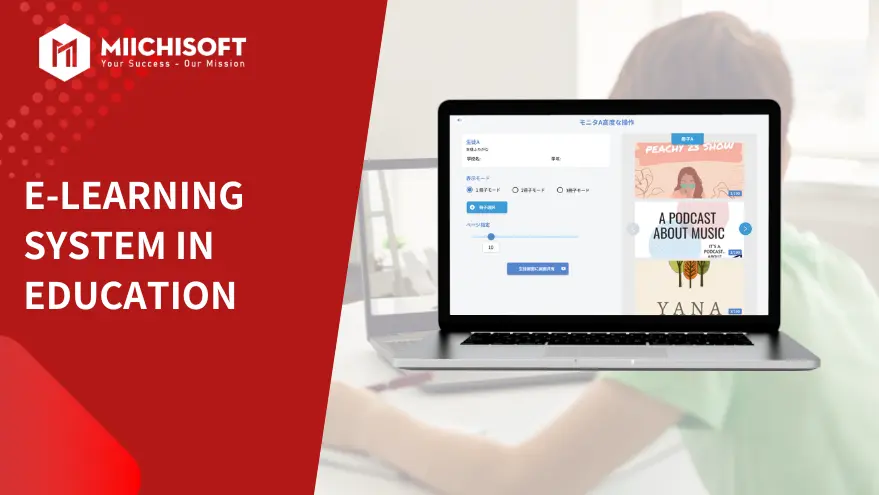
![]()
![]() See more
See more

![]()
![]() See more
See more

![]()
![]() See more
See more
Latest News
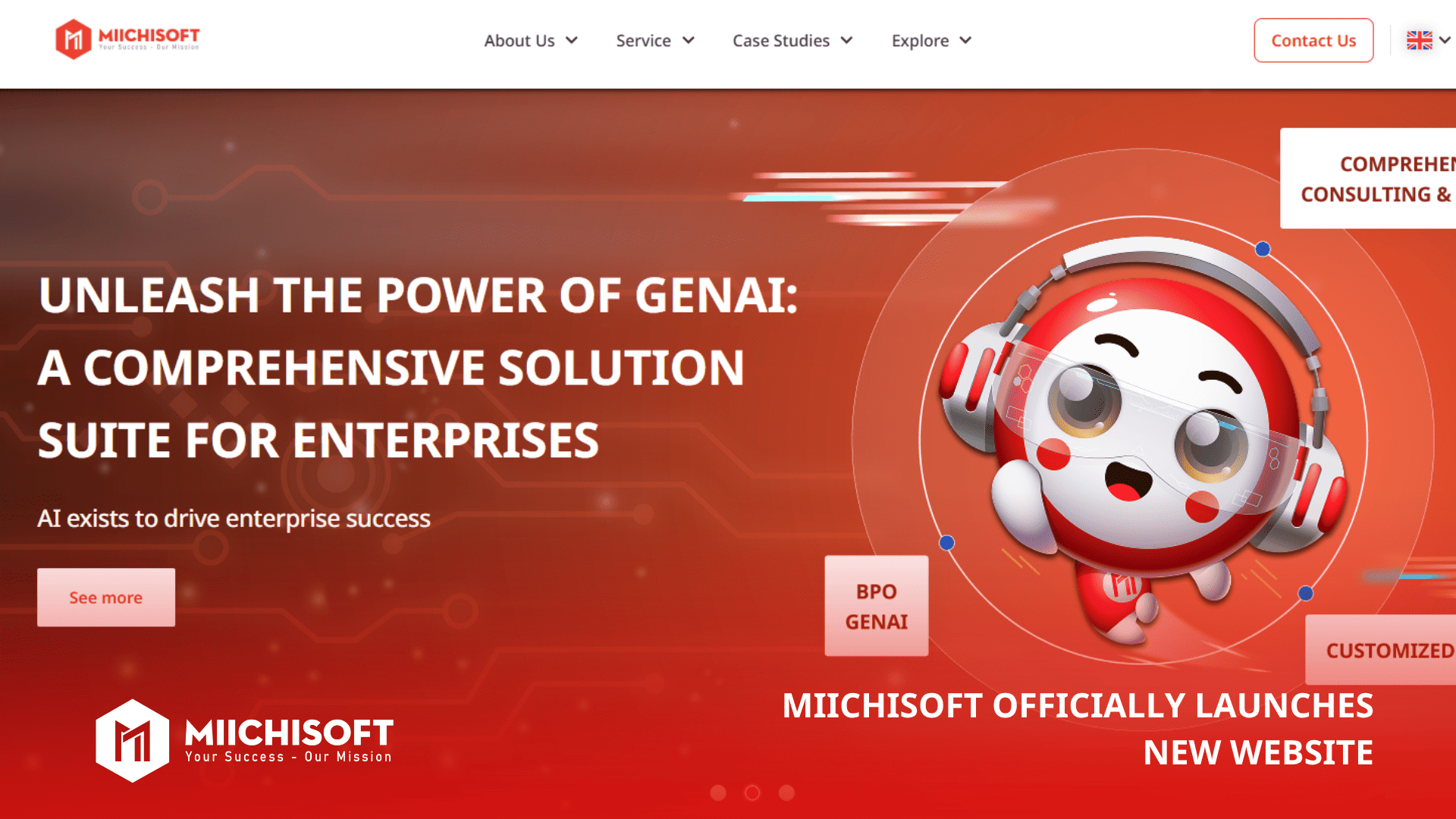
Miichisoft Officially Launches New Website, Marking a Strategic Transformation
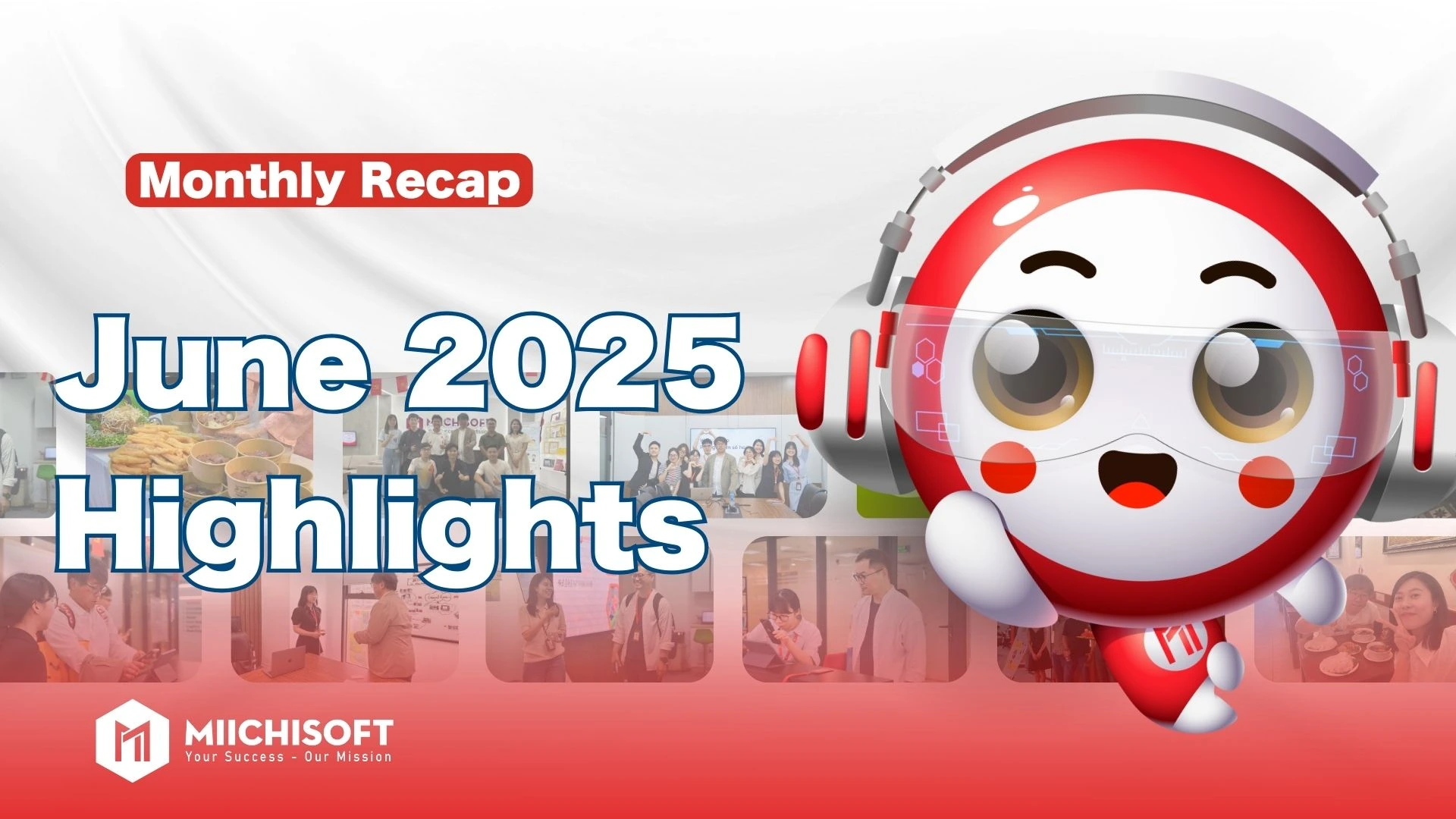
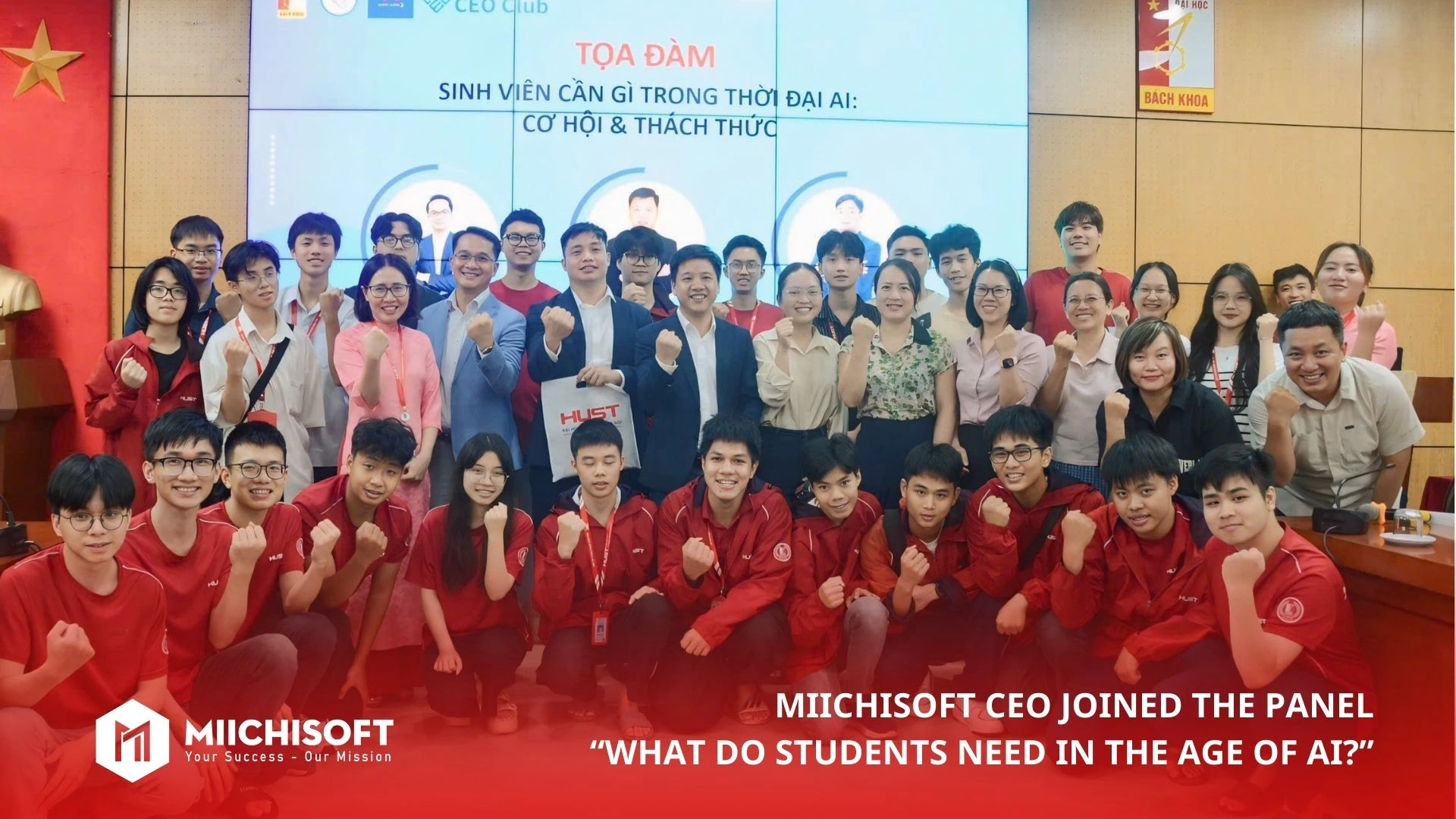
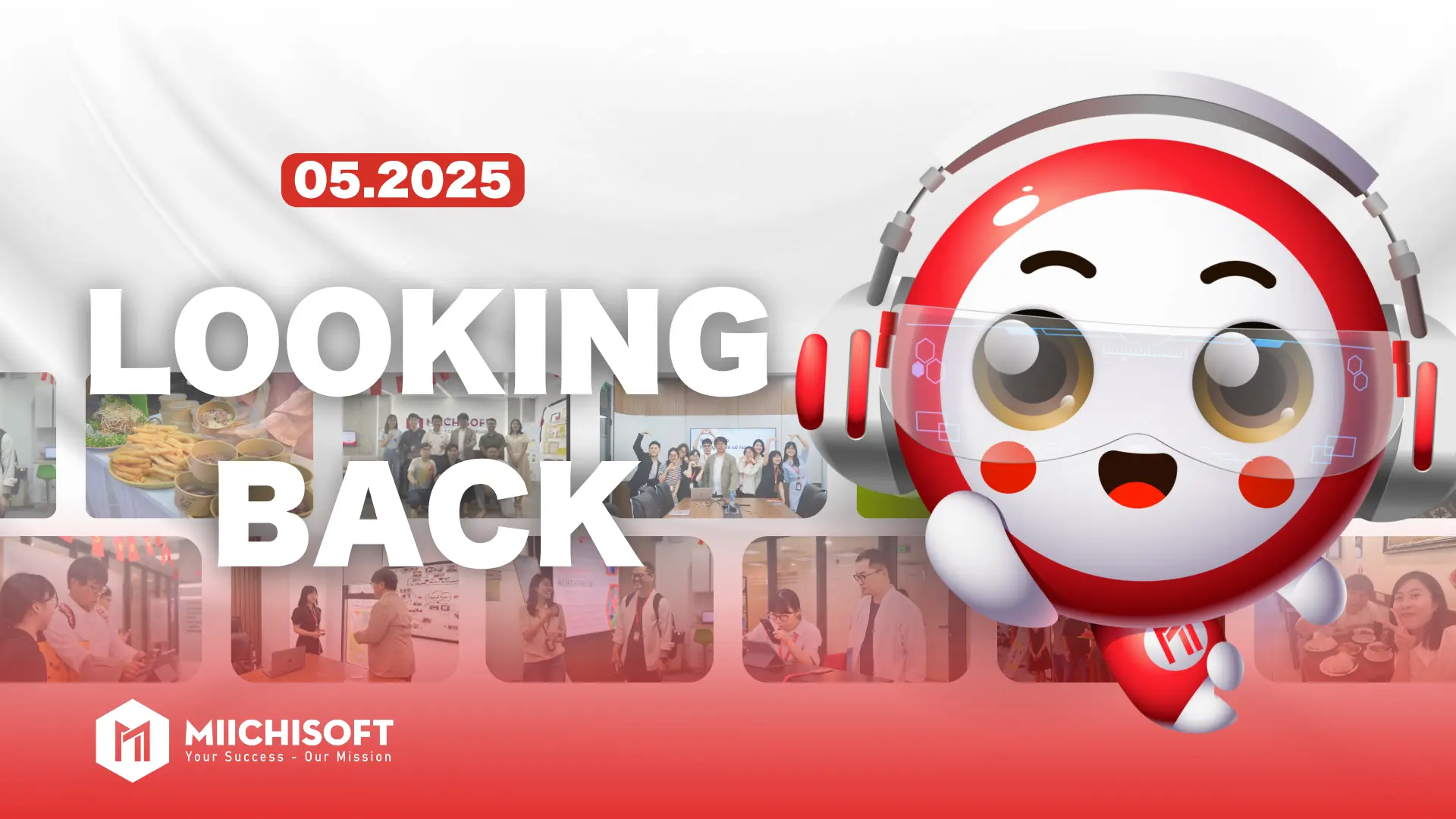
Miichisoft’s Culture in May: A Month of Connection and Sharing
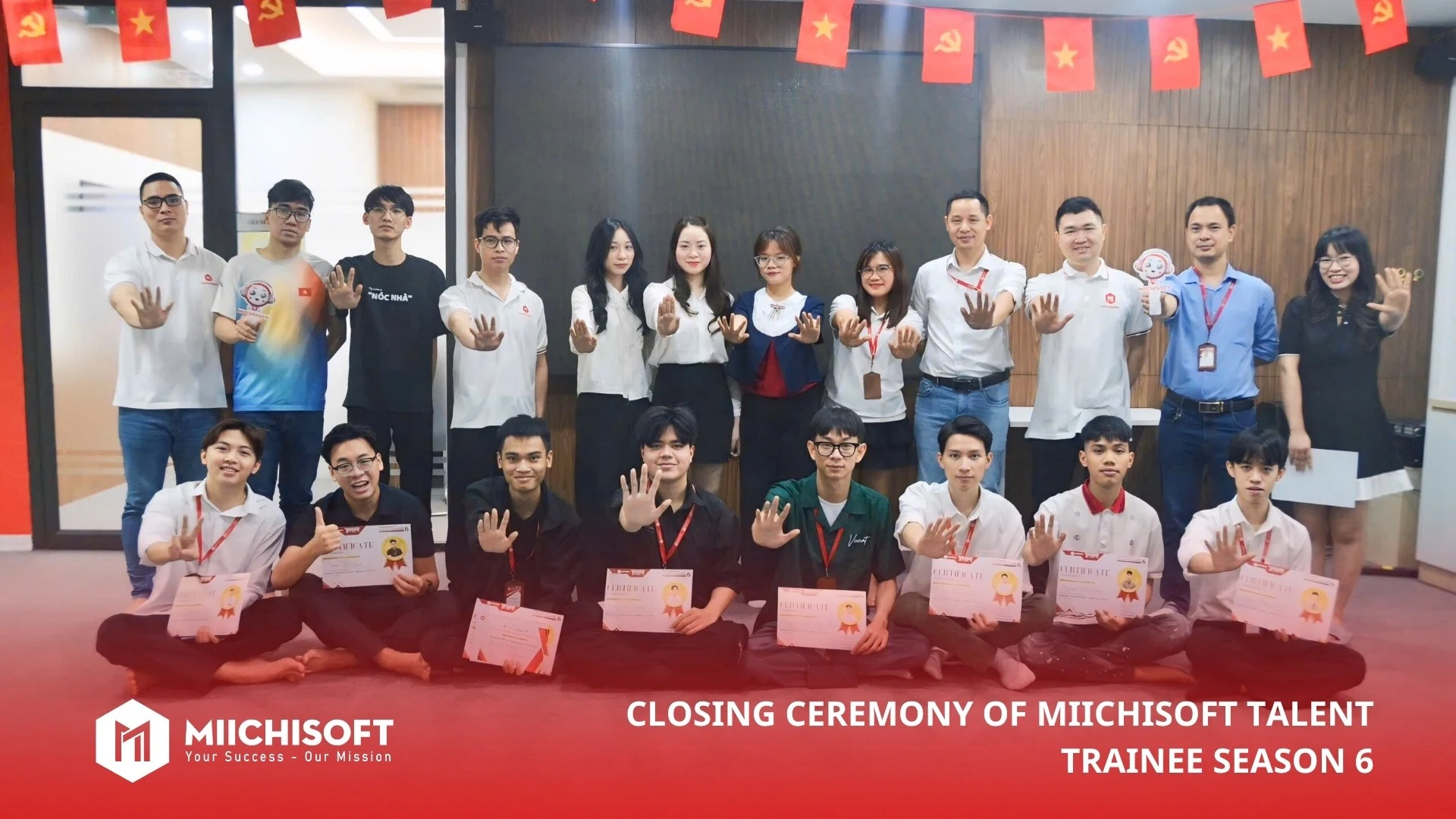
Closing Ceremony of Miichisoft Talent Trainee Season 6: A Memorable 2-Month Journey Comes to an End





























